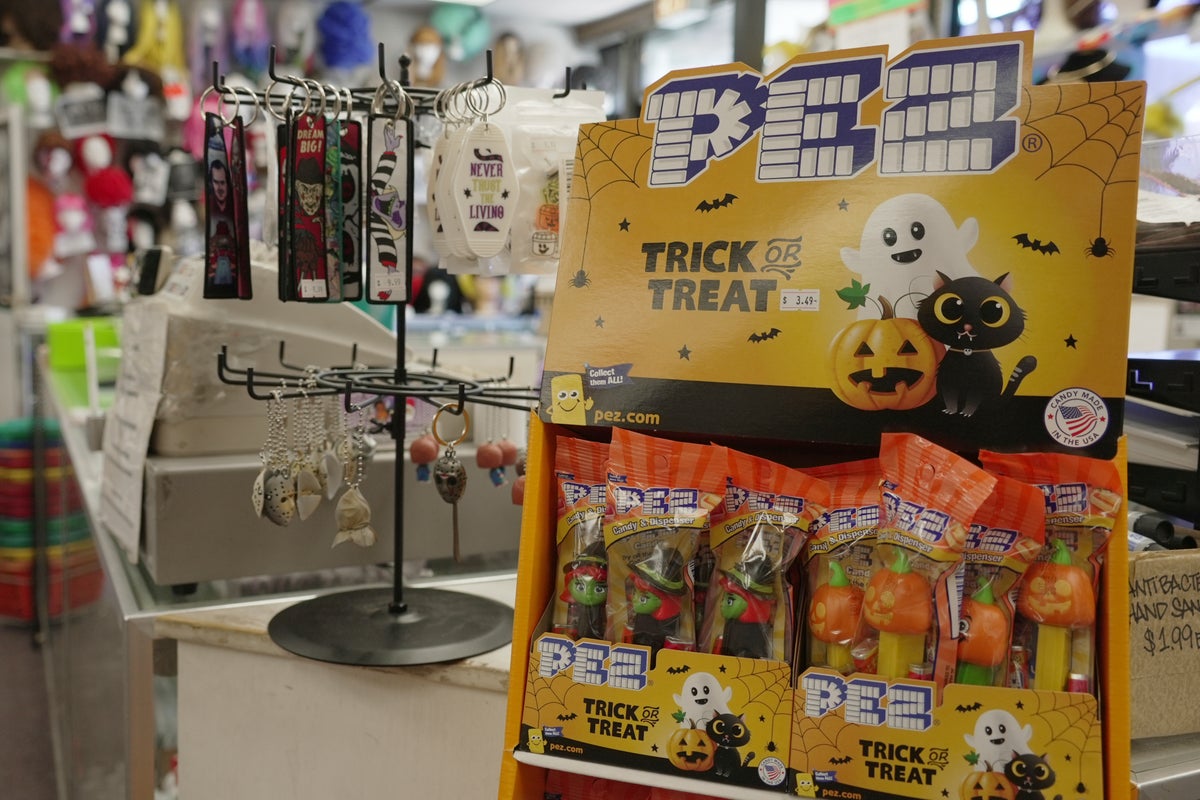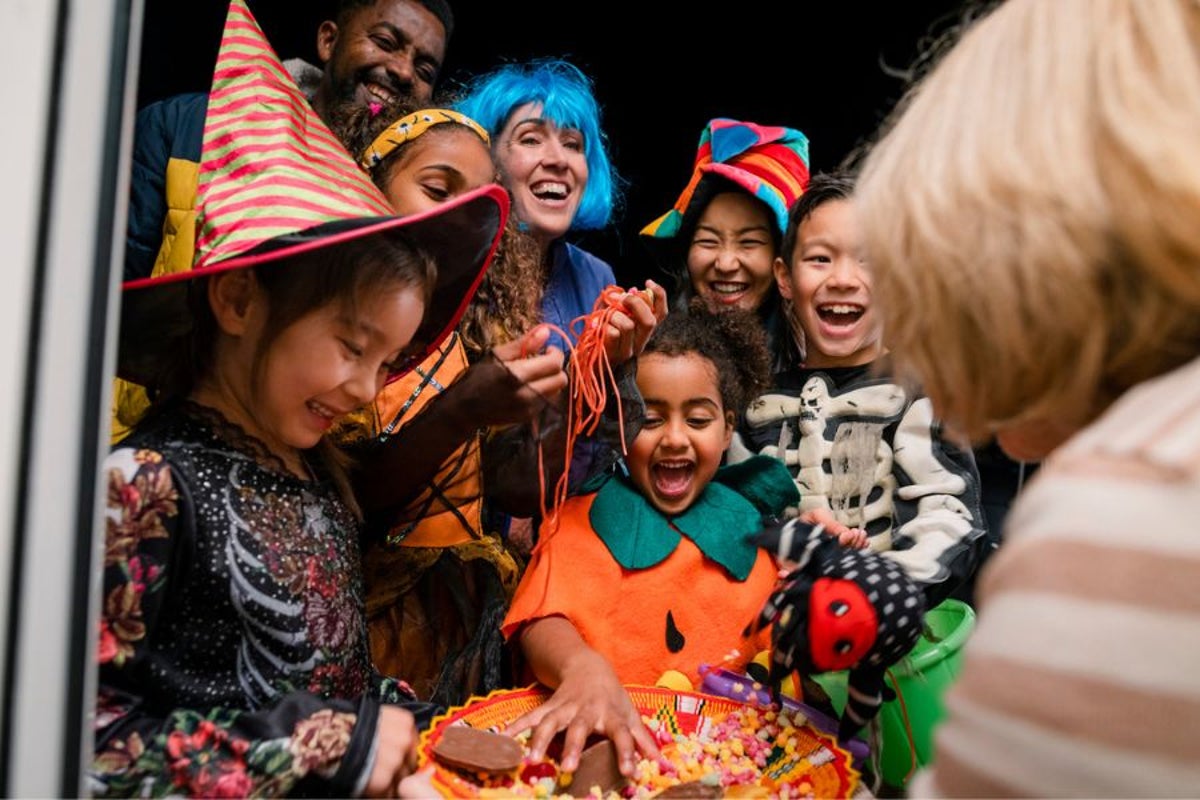Halloween Has Become a Corporate Behemoth, Sacrificing Tradition for Profit in a Culture of Greed and Complacency
Halloween, once a quaint folk tradition rooted in ancient Celtic practices, has morphed into a sprawling commercial spectacle that dominates retail calendars and consumer habits long before the leaves begin to change. This transformation isn’t just a shift in timing; it reflects broader societal changes that touch on consumerism, culture, and identity.
The origins of Halloween trace back to the ancient festival of Samhain, celebrated by the Celts over two thousand years ago. It marked the end of the harvest season and the onset of winter, a time when the boundary between the living and the dead was believed to be at its thinnest. People lit bonfires and wore costumes to ward off roaming spirits. This was a community-focused celebration, deeply intertwined with the agrarian lifestyle and local customs. However, as centuries passed, Halloween began to migrate across the Atlantic and adapt to the unique American landscape, particularly in the 19th century when Irish immigrants brought their traditions to the United States.
By the early 20th century, Halloween’s identity started to shift. Instead of being a night of spiritual significance, it became a night of merriment, with children dressing in costumes and going door-to-door for treats. The commercialization of Halloween began in earnest in the 1920s and 1930s. Companies started producing mass-marketed Halloween decorations and costumes, tapping into the growing consumer culture of the time. The holiday was rebranded as a family-friendly event rather than a somber occasion, setting the stage for the commercial explosion that would follow.
Fast forward to the present, and Halloween has become one of the most lucrative holidays in the United States, generating billions in revenue each year. According to industry reports, Americans spend over $10 billion annually on Halloween-related items, from costumes to candy, decorations, and parties. The holiday is now a retail juggernaut, with major retailers beginning to stock Halloween items as early as late summer. This early commercialization has drawn criticism from some quarters, arguing that it dilutes the spirit of the holiday and prioritizes profit over tradition.
The evolution of Halloween is a clear reflection of broader consumer trends. The rise of e-commerce has transformed how people shop for Halloween supplies, enabling consumers to browse and purchase items from the comfort of their homes. Online shopping giants have capitalized on this trend, offering everything from elaborate costumes to home décor, often at competitive prices. This accessibility has made it easier for people to participate in Halloween festivities, but it has also contributed to an overwhelming sense of consumption that can overshadow the holiday’s more meaningful aspects.
Additionally, social media has played a pivotal role in shaping how Halloween is celebrated. Platforms like Instagram and TikTok have encouraged elaborate costume displays and themed parties, leading to a culture of comparison and competition among peers. This phenomenon has further fueled the commercialization of Halloween, with individuals feeling pressure to outdo one another in terms of creativity and expenditure. The emphasis on social media visibility transforms Halloween from a celebration of community and tradition into a showcase of personal branding and consumerism.
The transformation of Halloween raises significant questions about the nature of tradition in contemporary society. As the holiday becomes increasingly commercialized, it risks losing the communal spirit that once defined it. While some argue that the evolution of Halloween reflects a natural progression of cultural practices, others contend that the commercialization erodes the holiday’s authenticity and significance. This debate mirrors broader discussions about the commodification of cultural practices in an increasingly globalized world.
Moreover, the early onset of Halloween festivities has implications for retailers and consumers alike. As businesses begin to unveil Halloween products in August, it raises the stakes for competition among retailers. This extended marketing window allows companies to capture consumer interest for a longer period, but it also risks consumer fatigue. Many people may grow weary of the relentless push for Halloween-themed merchandise before the actual holiday arrives, leading to a potential backlash against the commercialization of the event.
In addition to consumer behavior, the commercial evolution of Halloween also intersects with social issues such as environmental concerns. The production and disposal of cheap, mass-produced Halloween decorations and costumes contribute to waste and pollution. As consumers become more environmentally conscious, there is a growing movement advocating for sustainable and ethical practices in Halloween gear. This shift highlights a tension between the desire for festive experiences and the responsibility to protect the planet, prompting some to seek out alternatives that honor both tradition and sustainability.
Finally, Halloween’s transformation illuminates the broader narrative of how society grapples with identity and meaning in a fast-paced, consumer-driven world. As people seek connection and community, the holiday often serves as a canvas for self-expression and creativity. However, it also reveals the paradox of modern life, where the quest for authenticity can become entangled with commercial interests. The challenge lies in navigating these complexities while preserving the essence of what Halloween once represented—a celebration of life, death, and the thin veil that separates the two.
As we witness the evolution of Halloween, the question remains: can we reclaim its original spirit amidst the forces of commercialization and consumerism? Or will the holiday continue to exist as a hollow shell of its former self, defined by profit margins and social media trends? The answers may lie in our collective choices as consumers, communities, and custodians of tradition.
What’s changed isn’t just when we celebrate but how: Halloween has evolved from a simple folk tradition to a commercial event




